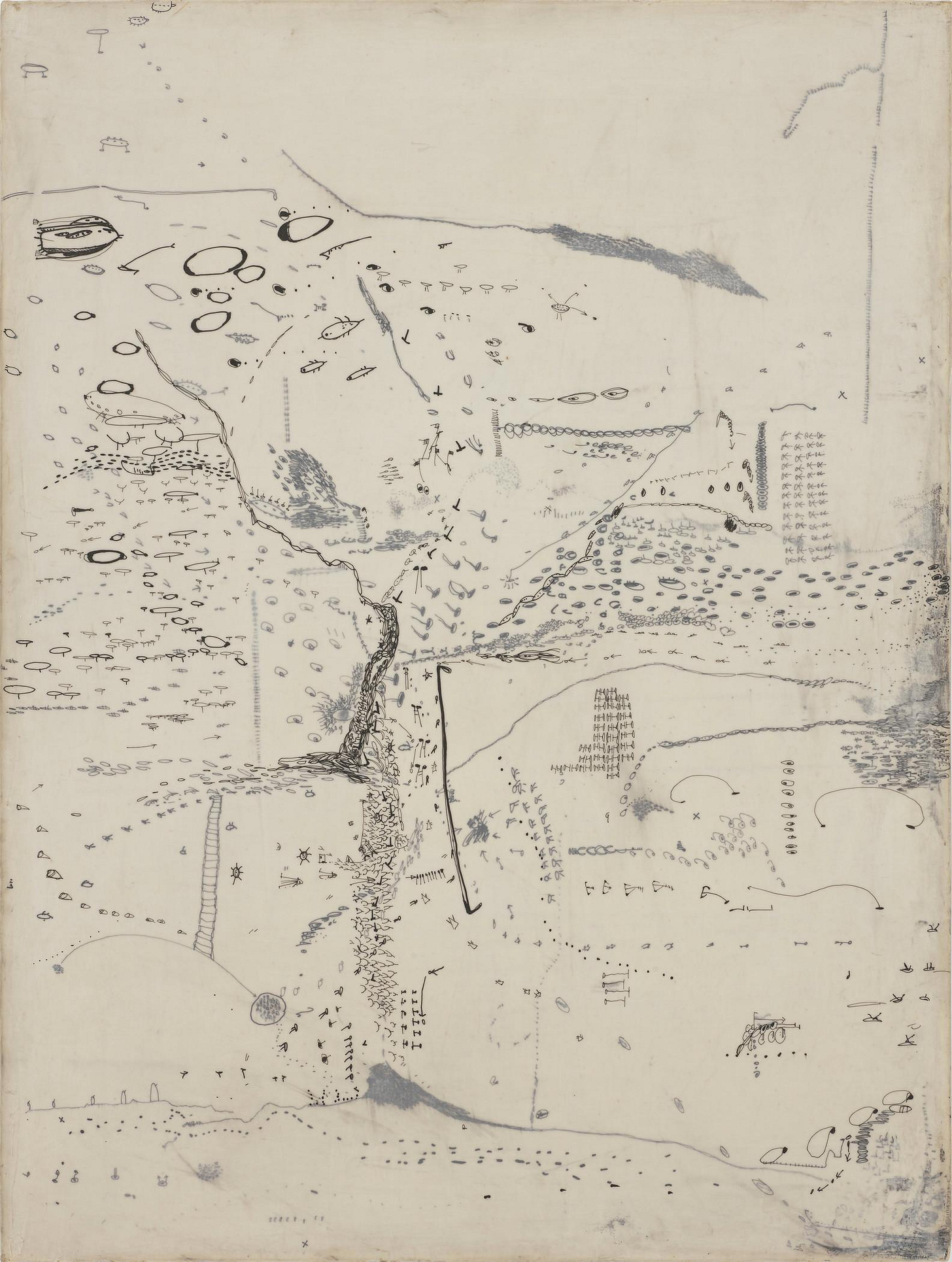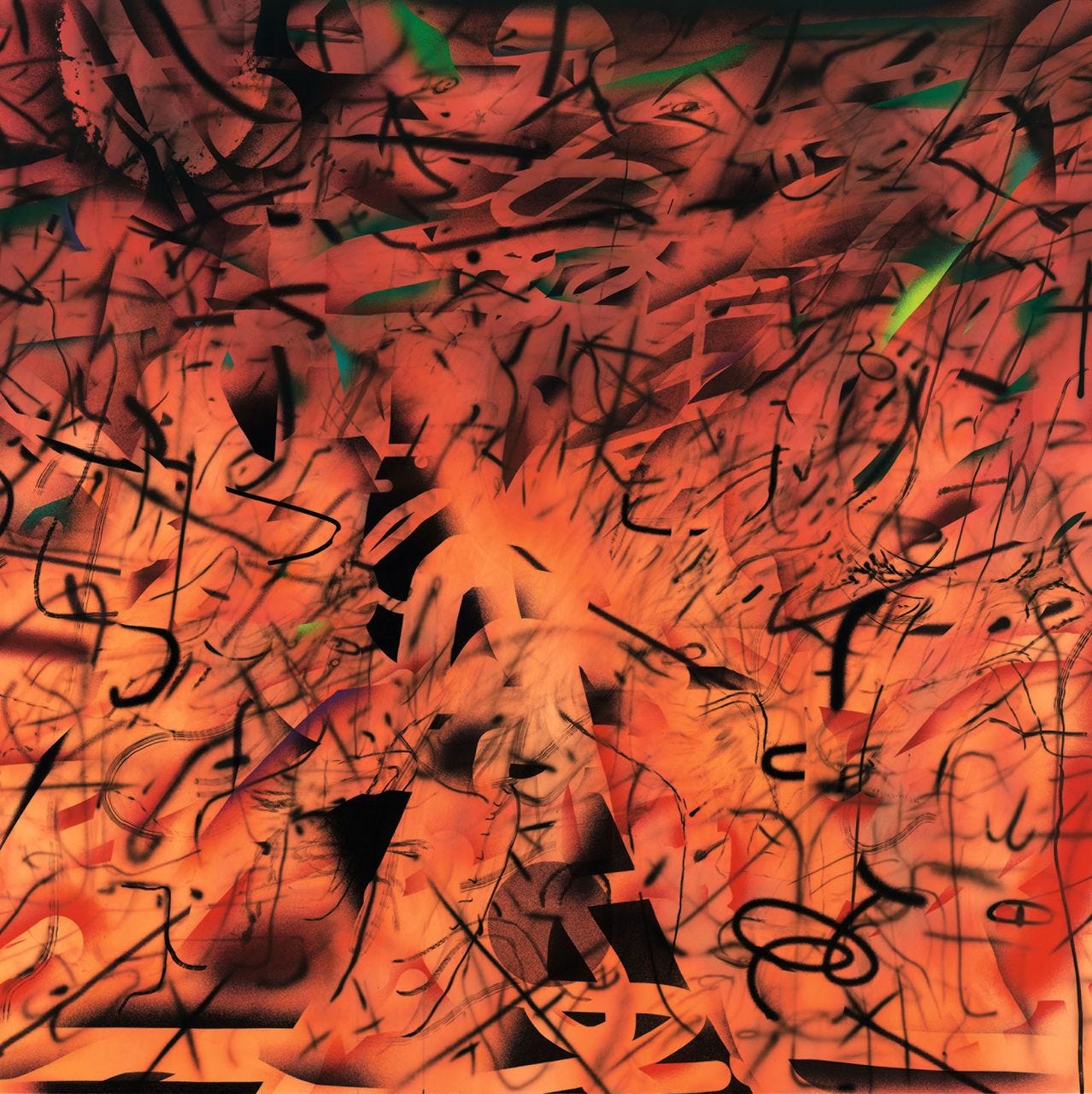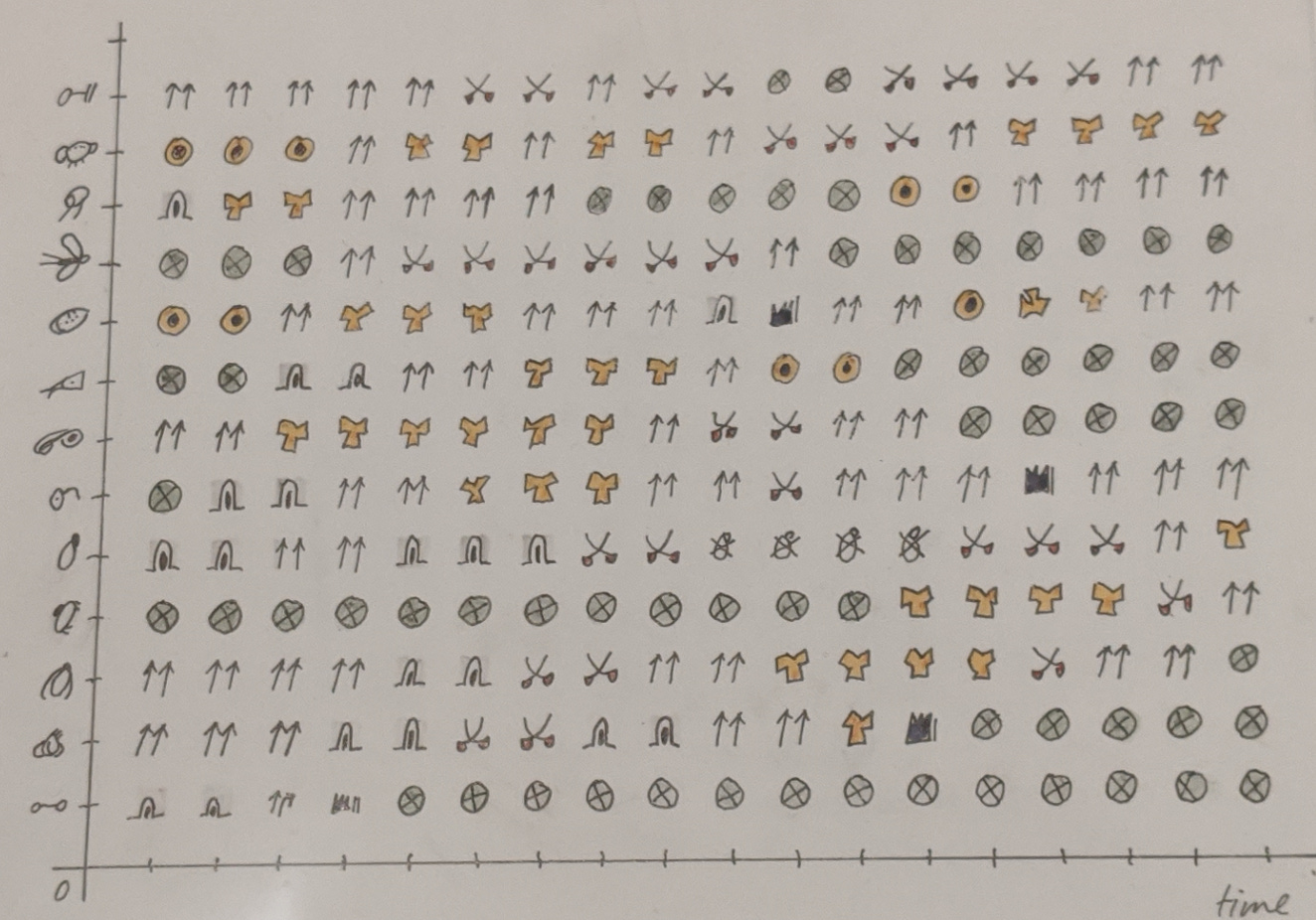A big reason I started this newsletter is because art is (or at least def should be made more) accessible to everyone — even if you didn’t go to some fancy school or were otherwise exposed to fancy intellectual living and talking (you know, the kind of homes where people don’t have to worry about survival and talk about stuff like art and movies and books around the dinner table). As the first child of immigrants who came to this country with very little (and so didn’t have too much time for talking about let alone buying frivolous things), I certainly didn’t grow up that way — yet became a lover, and collector, of art.
Until about a couple months ago, I thought this was a happy accident: that I was someone who just happened to come across and find many artists and artworks over my lifetime and was therefore lucky to fall into it… It never occurred to me that maybe there was a method to the madness, that maybe something in me — and maybe in all of us? — made it salient to me, made me seek it out, made me make my own luck in choosing arts. (It scares me even now to write that down. But it was indeed something I chose, over and over again, without really knowing it at the time.)
I was reminded of this when I went to LACMA, the Los Angeles County Museum of Art, this past February. This was right before confirmed “community spread” of the novel coronavirus — something which I had been covering on my podcast intellectually and analytically early on, yet had not internalized emotionally and viscerally (more on this later) — so it was the first, and last, time I was on a plane in 2020.
But the mode of transport wasn’t striking for that reason, that it was my last trip for a while and that I didn’t know it. No, it was because I only remembered then that for my very first trip to LACMA — decades before, when I was 18 years old — I was a student, I had no car, and couldn’t afford a taxi, so I had gone by public transportation. It took multiple municipal buses from near the UCLA campus to get all the way down Wilshire Boulevard where LACMA is located. And then, my wallet got stolen as I was running out of there to make the bus back to campus on time! (Back then, the “Miracle Mile” area where the museum is located was not so nice; thank goodness the bus ticket was in my pocket and not my wallet.) Yet the entire round trip probably cost me less than $3 total.
After graduating, I returned to LACMA once more; only this time, I finally had a car (and lojack;). I had just bought it, used, so I could drive down the highway-that’s-really-a-parking lot known as Interstate 10 eastwards to my job as a 1st/2nd grade teacher at an elementary school in LA Unified School District.
When I finally went back to LACMA this February, it was in a Lyft, and it was because I had flown down to Los Angeles just for the day and just for one reason: To see art. I had tickets to Shirin Neshat’s exhibit “I Will Greet the Sun Again” so I could catch it on its very last day at The Broad that morning, and then LACMA that afternoon to go see Julie Mehretu’s mid-career survey — the first ever “comprehensive retrospective” of her work — before it closed in March. (It ended up closing 10 days early due to the pandemic.)
So who is Julie Mehretu?
Mehretu is an Ethiopian-born, U.S.-raised artist — a fellow traveler between worlds! — whose paintings and drawings examine geopolitics, diasporas, displacements, and more.
She’s a bit of an art-world darling, so there are LOTS of heady art-world writeups of her work out there — full of phrases like “eruptive lines of flight”, “ethos of revolution”, “dynamic range”, “signification over a scene”, “visual neologisms”, “encipherment”, “embodied consciousness”, “centrifugal structure”. Heck, even Mehretu uses post-modern aka PoMo phrases like “inevitable implosion and/or explosion” to describe her works (she was also referencing another artist, but still).
That mental-masturbatory [sorrynotsorry!] style of describing art gets in the way of just taking a piece of art in. It’s where words get in the way of feeling. (Kind of like they did for me when I covered the coronavirus story very early on, as mentioned earlier, and was struck by its meanings only much later.) Sometimes words distance you.
Well, that kind of art writing is NOT what this newsletter is about. So instead, here are just 3 in-email images of Julie Mehretu’s work with just 3 things I will tell you about her work. (Be sure to stay til the end, #3, for my favoritest:)
#1
Almost any work of Julie Mehretu’s you look at, you will see (and maybe even feel) movement — of strokes and marks on canvas — and layering — of textures and times and places. It’s like multiple worlds, laid on top of each other.
Take a look at Untitled two (1996), where Mehretu literally layered ink and acrylic to create what’s been described as “fossilized topographies” (<— okay, I admit I like that fitting bit of fancy art-speak!):

#2
Mehretu’s works are grand in scale; many are over 7 x 7 feet [try to at least view some images online and on really big screens if possible]. And they are so full of barely restrained chaos, even given those large spaces. It sometimes reminds me, mundanely, of graffiti sprayed on large walls.
Here’s her painting Hineni (2018), which, according to the exhibit label, addresses “the environmental blazes caused by climate change, and the intentional burning of Rohingya homes in Myanmar as part of a campaign of ethnic cleansing” and is “based on an image from the 2017 northern California wildfires”. (That’s a lot to reckon with in one painting! My tiny parentheses can’t contain enough commentary!)

Mehretu is apparently “interrogating three types of fires in this painting, one environmental, one intentional, one prophetic” — the word “hineni” translates to “here I am” in Hebrew; it was Moses’s response to Yahweh calling his name from within the burning bush — so she is exploring “the contradictory meanings of a single elemental force” in this painting.
Like I said, intense. Struggling to make meaning from chaos. Of the contradictory meanings of “a single elemental force”… sound familiar?. Here we are, indeed.
#3
Now here’s my favoritest thing about Mehretu’s work. One of the best revelations — if you look closely enough, and know to look for them — are what she calls “characters”. They’re tiny markings that have personalities and agency of their own, and even come together to coordinate activities across her canvases, in battle formation and more. (For some reason it feels SO right to share this right now, in a time where a goddam tiny virus with a virulent character seems to have taken on a life of its own. Also by definition, viruses are both sort of alive and yet not at the same time.)
Mehretu shares that in her works, “the big picture completely shatters and there are these numerous small narratives happening”. So let’s focus on these “small narratives”: Go back to #1 and look closely at the image there. Make it bigger if you have to, and zoom in. You will see these little guys marching across that canvas for sure! And across many of her other works as well.
Here’s an even closer look at an index-card set of such tiny characters. Only now they’re separated from those narrative settings, and are instead drawn in what she calls a “timeline analysis of their behaviors” [photo my own]:

(What behaviors exactly? What’s the analysis? What’s the system here, is there one? Is this evolution? Who cares?! Just enjoy them.) These tiny characters are so delightful to me, they feel like little surprises, like easter eggs buried in her paintings for all to find.
That’s it for this week. I have so many more exciting and unexpected artists and works ready to share with you; and don’t worry, a less long personal preamble — stay with me, be with me!
~love, sone
learn/see more:
Not for me, but here’s a Khan Academy online lecture that teaches you how to analyze/ look at Stadia II (2004), one of Mehretu’s classic works you must know about. (I say “not for me” because that type of analysis is NOT how I like to approach art, but I’m sharing it here so you have the option.)
It’s especially evocative when you see Stadia II right next to Black City (2007) — be sure to click on this link and scroll down to see those two works atop each other; you will definitely see the visual rhyme and movement across them, it jumps right out at you!
Here’s what Mehretu says about her paintings of such “built environments”, all these stadiums and cities (oh, all the socially shared spaces and places we can’t go!): “While I think of the paintings as originating here — being very grounded in this world and based on the cities, monuments, systems, and infrastructures that we have built — I do like to think of them as being narrative maps without a specific place or location.” [italics added]
Now, that is a bit PoMo for me but hey, in a time like right now maybe we need to be both grounded AND also make up the worlds we live in? Maybe there is meaning in the chaos, a method to the madness. Maybe we even find patterns in things like going from bus to car to plane to visit the same museum across different eras of a lifetime.

I went to the same show at LACMA and it was my first encounter with Mehretu. I was mesmerized! Thanks for sharing!!
Beautiful-- loved this and cannot wait for more <3